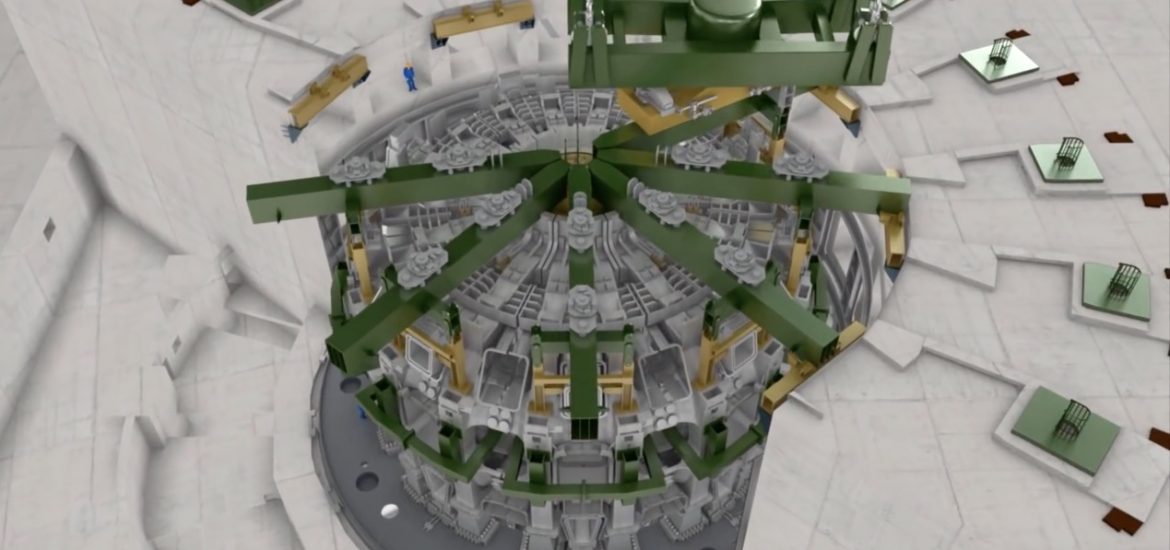
European researchers into fusion energy are hailing breakthroughs in magnetic resonance spectroscopy and advances in explosive metal construction that have helped the aeronautics industry.
Petra Nieckchen of EuroFusion said 30 national fusion research institutes and 150 universities in 28 European countries were cooperating to achieve an electricity-generating fusion power plant in southern France.
The US$24-billion International Thermonuclear Experimental Reactor (Iter) in St-Paul-les-Durance that aims to develop fusion technology to make plentiful, commercially viable, clean energy by 2050.
Some of the 250 components, which travel by sea, canal and road, are so large that France has spent an estimated €110 million adapting roads to accommodate them.
The largest components, some of which weigh nearly 600 tonnes, are due to be shipped to Iter in 2019-20.
But there have also been successful spinoffs.
“The breakthroughs we have made in magnetic resonance spectroscopy have helped to save lives and create an industry worth almost US$20 billion,” Nieckchen said.
The development of remote handling techniques has led to major advances in power decommissioning in other hostile or mega- and micro-scale processes where the human hand is insufficiently accurate.
“Advances in explosive metal construction have helped the aeronautics industry to create the next generation of aircraft cockpits,” she added.
EuroFusion includes 26 European Union members plus Switzerland and Ukraine.
China, the EU, India, Japan, Korea, Russia and the US, are engaged in the 35-year Iter project to build and operate a giant fusion device, proving the feasibility of a fusion power station.
The main fuel to be used is a heavy isotope of hydrogen called deuterium, which can be extracted from water and therefore is in limitless supply, in contrast to uranium used in nuclear fission.
But the plasma liquid that exists at temperatures found in the stars has not been magnetically contained and a fusion reaction that releases more energy than it consumed has not been triggered.
Iter aims to control a hydrogen bomb-sized atomic reaction for a few minutes inside a circular device, called a tokamak (pictured) that weighs three times the Eiffel Tower.
About 80 per cent of a fusion reaction’s energy is released as subatomic neutrons, which will smash into the exposed reactor components, potentially leaving tonnes of radioactive waste.
The environmental impact of that process has not yet been assessed.
But Iter’s chief says the project is making progress.
“The Iter project is very much on track. By the second half of this century this fusion technology will be available,” Iter director general Bernard Bigot predicted.
“Fossil fuels will not be so easy to use any more. We will have a competitive fusion technology which will be available for the whole world,” he said.
Plans for the Iter project. Picture credit: YouTube






It states that deuterium is the main fuel, ignoring the equal part played by the radiologically unpleasant tritium. Having sufficient tritium on hand to start a reactor, and containing this fast diffusing isotope while breeding it from lithium in a hot environment, might well be the largest barriers to extending fusion research beyond Iter.